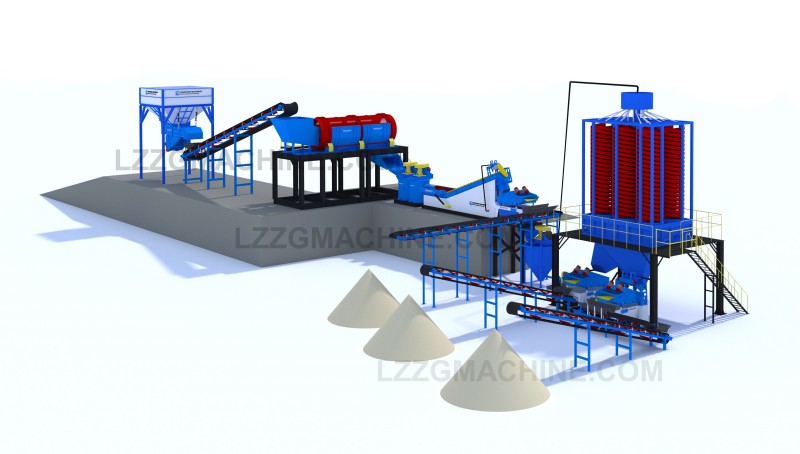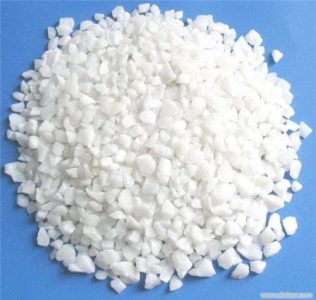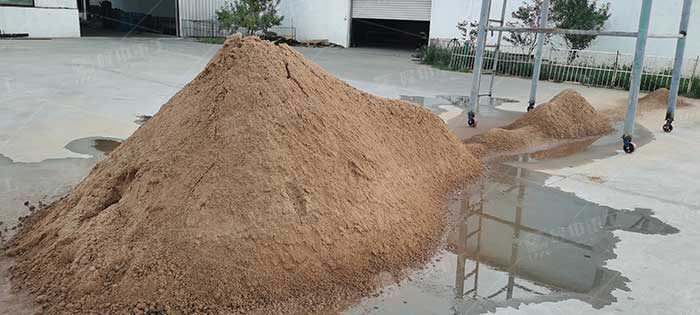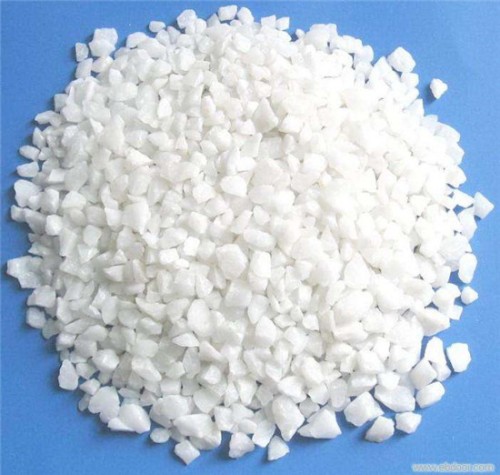Produce method of high-purity silica sand
 May.05,2021
May.05,2021
How to make silica sand
Quartz sand is a hard, wear-resistant, and chemically stable silicate mineral. Its main mineral component is SiO2. The color of quartz sand is milky white or colorless and translucent, with a hardness of 7. Quartz sand is widely used in glass, Casting, ceramics and refractory materials, smelting ferrosilicon, metallurgical flux, metallurgy, construction, chemical industry, plastics, rubber, abrasives and other industries.
1. Water washing, grading desliming
The grade of SiO2 in quartz sand decreases as the grain size of quartz sand becomes finer, while the grade of impurity minerals is on the contrary. This phenomenon is particularly obvious in quartz sand containing a large amount of clay minerals. Water washing and desliming are very necessary.
2. Scrub
Scrubbing is the use of mechanical force and friction between the sand particles to remove the film iron and muddy impurity minerals on the surface of the quartz sand, and to scrape the unconsolidated mineral aggregates. After the classification operation, the quartz sand can be further purified. At present, there are mainly There are two methods: rod scrubbing and mechanical scrubbing.
3. Flotation
The separation of mica and quartz is very difficult. Flotation using anionic collectors under acidic conditions or anion-cation collectors under alkaline conditions can achieve good results. Generally, after scrubbing, desliming, magnetic separation and flotation, the purity of quartz sand can reach more than 99%, which basically meets the needs of industrial sand.
4. Acid leaching
Dilute acid has a significant effect on the removal of iron and aluminum, while for the removal of titanium and chromium, concentrated sulfuric acid and aqua regia are used for acid leaching. The mixed acid composed of the above acids is usually used for acid leaching of impurity minerals. except. The various factors of acid leaching should be controlled according to the requirements of the final grade of quartz, and the concentration, temperature and dosage of the acid should be reduced as much as possible to achieve the purification of quartz at a lower beneficiation cost.





